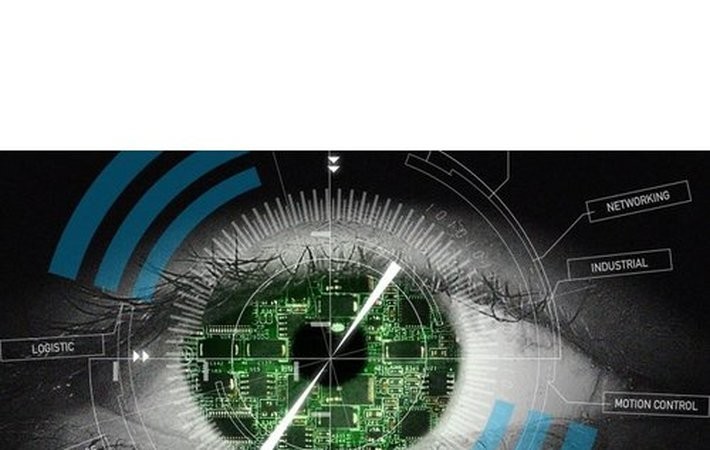
Published on 11/07/2016 | Strategy
The industrial incumbents have looked at technology innovation from a distance. Cloud/SaaS, Big Data and IoT all looked great on slides. The reality is that manufacturers, utility companies, maritime, mining, oil, gas, chemical and similar industries have technology in production that often predates Windows. Stability and reliability were the two key success factors. Flexibility, cost, time to market and other advantages, where just that, advantages.
The high-tech, media and telecom industries have seen the power of the disruptive technology revolution. Key players that were seen as last decades top innovators like HP, Dell, Intel, Cisco, Oracle, Microsoft, etc. are now pushed to reinvent themselves or die. The telecom industry is fast consolidating and is held hostage by a limited number of high-tech companies. Old style media and even "last-years new style" media [i.e. Yahoo] are imploding. Banks and health have just started to feel the power of disruption. Industrial is next.
How will industrial startups attack incumbents?
Prices of processors, sensors and other components are dropping fast. A Raspberry Pi super computer costed $25-35 two years back. This year the sub-$10 IoT supercomputers have arrived. True, they are not suited for industrial usage just yet. However the first open source PLCs and industrial Panel PCs have arrived that are using them. It is just a matter of time before we have industrial Arduino and Raspberry Pi versions that will allow industrial control systems to cost exponentially cheaper and that will be dust, chock, water, spark and heat resistant.
From a software perspective PLCs and other industrial equipment has always used proprietary protocols and adaptors. Ladder and Modbus are considered "modern" compared to lots of solutions that are in production today. MQTT, REST, YAML, Golang, Node.js, protocol buffers and many more, are what new entrants will use. New entrants will package their software in the form of apps and allow industrial equipment to be completely personalised, just like you download a unique set of apps for your smartphone. Via an industrial app, you can still include a Ladder or Modbus solution. However new solutions will use more modern ways of working to get the job done.
In the back office Cloud computing, especially SaaS, as well as big data, distributed machine learning and containers will allow data for billions of sensors to be analysed, solutions to be deployed like apps and micro-services; and new as-a-Service cost models to be introduced. Even if solutions are hosted in private clouds, cloud modelling tools will be able to demo complete industrial software systems on public cloud and bring to private cloud or bare metal in minutes. The cloud will eat all the data you throw at it. Distributed machine learning will learn and find needles in haystacks. Trained AI models can be transferred from the cloud to the edges hence machinery becomes autonomous at predicting anomalies, optimising output, reducing waste, and much more.
A small startup can't fight a large incumbent. A swarm of very aggressive new entrants can easily win from a slow moving incumbent. How do you get to a swarm? Commoditize the infrastructure and let partners make money on top. Facebook has open sourced designs for servers, racks, network switches and is working on mobile base stations. If any serious player would start commoditizing industrial IoT gateways, PLCs, SCADA solutions, etc. and allow others to bring industrial apps and sell them via app stores, any protocol, any connector, any edge solution, any cloud or other integration is just an app away. Industrial app stores will make app developers a lot more money per app than their smart phone equivalent.
Instead of making a better tractor for a farmer, you make an agricultural robot or drone that is rented to the farmer when they need it at a fraction of the price of purchasing a tractor. Instead of Chinese semi-manual production lines, you rent robots and 3D printers that can produce high quality products in your backyard at a fraction of the total price. You allow for products to be personalised by customers, either via autonomous robots or industrial app stores, hence one size no longer fits all. You go from offshore oil to solar. From trucks to autonomous transport as a service.
What should incumbents do?
Incumbents should not wait for others to come with disruptive solutions. They should open up their current products and allow partners to bring new use cases via industrial app stores. They should use the latest technologies to be able to setup, manage and autonomously scale big data, distributed machine learning and industrial cloud solutions. They should bring in experts from the "new world" to challenge their current processes, products and solutions. They should open source and commoditize base hardware platforms before somebody else does it for them and focus on higher value software and services solutions.
This article was originally posted on LinkedIn.